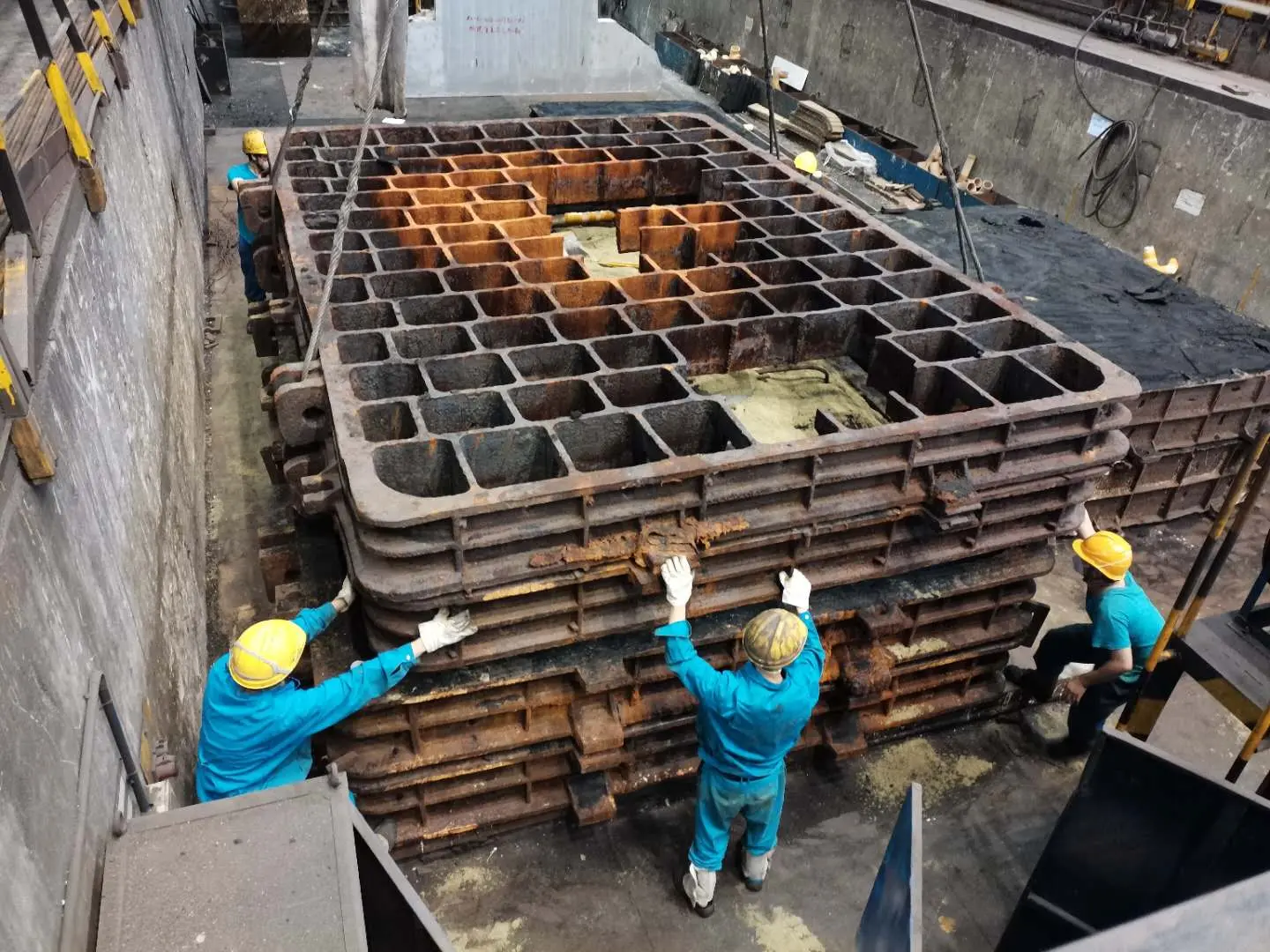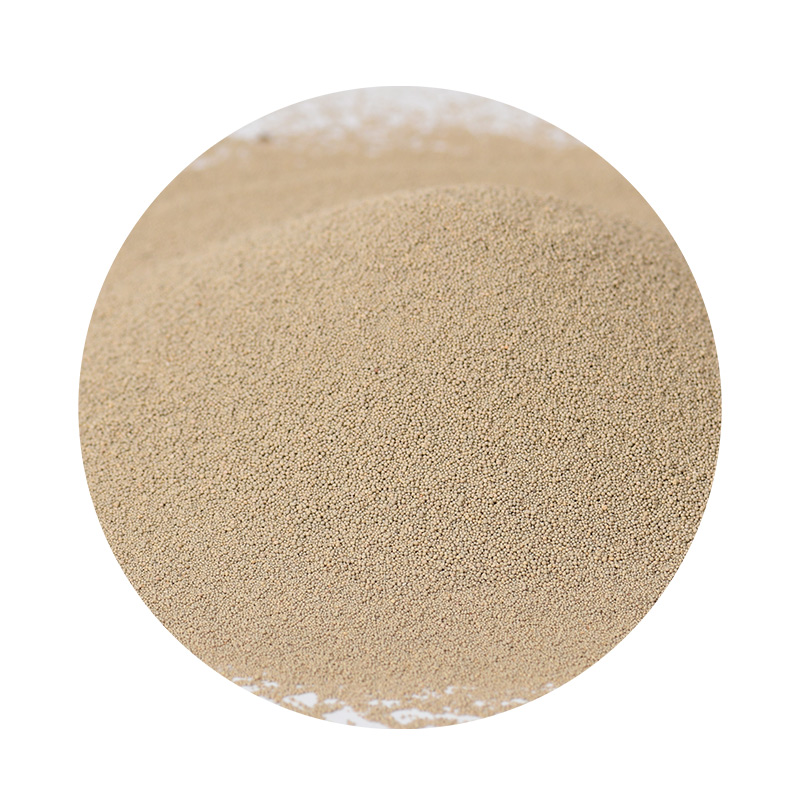

From a technical perspective, understanding the binder systems used with casting sands is equally crucial. Organic binders, like phenolic or furan resins, provide high strength but may release volatile organic compounds during mold preparation and pouring, requiring careful handling and adequate ventilation. Inorganic binders, while environmentally friendlier, often struggle with lower green strength and higher costs, which calls for professional expertise to balance these factors effectively. For any foundry professional, maintaining a well-optimized sand system is vital. It involves regular testing for factors such as permeability, compressive strength, and thermal stability. Advanced testing methods and technologies help ensure the sand maintains its quality, reducing casting defects and increasing efficiency. Ensuring an effective casting process requires a trustworthiness approach — one that considers not just the technical and economic aspects but also addresses workers' safety and environmental impact. Adopting best practices, such as controlled sand system management, informs industry standards and enhances operational credibility. Given the diverse requirements of modern metal casting, professionals must stay abreast of the latest advancements in sand technologies. Whether through workshops, certifications or participation in industry forums, ongoing education and engagement with the broader metal casting community enrich one's expertise and enhances the credibility of practices. The expanding scope of applications in aerospace, automotive, and construction underscores the importance of continued innovation in casting sand for metal. Thus, having a robust, multi-faceted understanding of casting sands is indispensable for anyone striving to lead in the industry. Post time:ožu . 04, 2025 00:49
Next:coated sand
